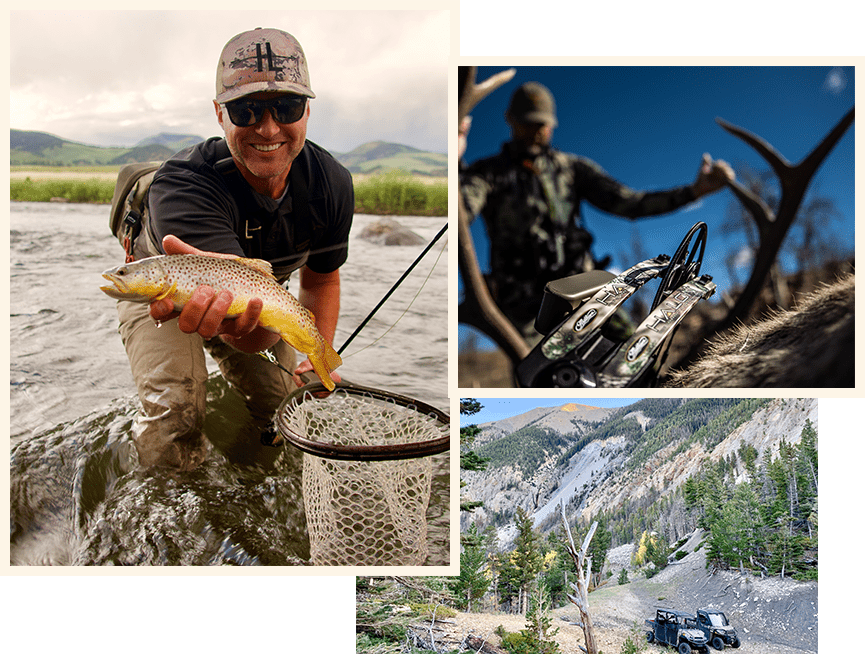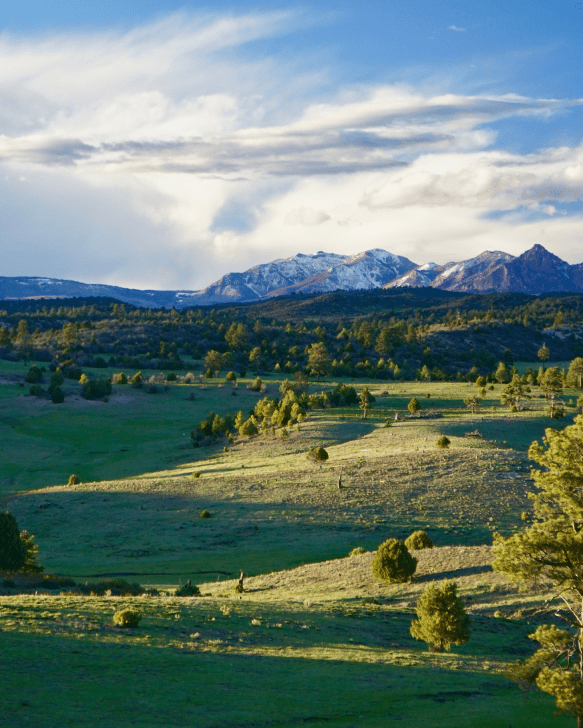Owning a ranch is a serious commitment, both in terms of time and financial resources. It’s important to make sure your ranch ownership structure is conducive to the goals you hope to achieve by buying and owning ranch property.
First, there’s a lot to consider when you buy ranch property. From a simple investment to a working cattle operation, ranch owners have lots of choices to make. And the ranch’s ownership structure might vary, depending on the ranch management goals.
How so? Well, if the goal of owning a ranch is to raise cattle for market with the intent of using the ranch to make a profit, the ownership structure will likely be different than if the owner simply wanted to own the land as a private hunting retreat. There’s very little liability exposure with the latter, while a bad winter or a severe drought could make the former a bit risky.
Thankfully, there are ownership structures that can make ranch ownership and ranch management a bit less of a gamble. By forming a corporation, or investing in a corporation with partners, a ranch owner’s exposure to personal liability can be limited.
By doing a little homework and getting to know property before you buy it, you can best determine the kind of ownership structure that’s right for you and the ranch.
What to look for before buying
Potential buyers should spend a good amount of time getting to know the land they’re considering for purchase. There are a lot of factors that will play into how a ranch is to be managed. Here are just a few factors to take into account:
- Water rights. In the West, water is life. Owning acreage without access to water severely restricts the value of the land. Know the water situation before you make an offer.
- Mineral rights. This, too, is a Western conundrum. In many cases, the rights to minerals, oil and gas beneath ranch property belong to the federal government, and it’s the government that can lease access to those minerals. Owning a ranch’s mineral rights allows ranch owners to lease that access … or not. This could play greatly into the prospective buyer’s ownership structure.
- Public access. Often, public roads cross private land in order to provide access to adjacent public lands. Potential ranch owners should understand where public access begins and ends. This, too, could increase liability and therefore influence how potential ownership is structured.
- Grazing access. Some ranches come with grazing permits for nearby public lands. This can add value to the ranch, but it can also increase liability. It’s something prospective buyers need to investigate.
To be safe, it’s best to choose a real estate broker who specializes in ranch property and can help you vet a property for the use you’re after. A good ranch broker can help you find the right property based on your ranch management, and recommend the kind of ownership structure you should consider when it comes time to make an offer.
What is ownership structure?
Just like any business or investment, potential buyers need to consider how to structure their ownership. As noted above, ownership structure will vary depending on what the potential buyer wants to do with the land. Here are some examples:
- Sole proprietorship. This is the simplest form or ownership structure. A sole proprietorship is completely owned and operated by a single owner. That owner assumes all ownership responsibilities, from paying taxes on income to assuming all liability should something go wrong. This ownership structure is likely best suited for a ranch owner who’s not dependent on the ranch turning a profit, or for someone for whom ownership, more or less, is just an investment.
- Limited Liability Corporation. The LLC is a great ownership structure for a sole owner or a group of partners who wish to operate a ranch in order to make money. Basically, an LLC shields owners from both financial and legal exposure (within limits, of course) should something go wrong. This might be the ownership structure that’s right for a ranch owner who wishes to run cattle or lease mineral access, hunting privileges or water rights. It does require the owner to file incorporation papers with a state, however, and the LLC is responsible for taxes and profit management.
- A partnership. This is an ownership structure that’s not unlike a sole proprietorship. It just involves multiple owners. And all partners would assume the same financial liability and be responsible for reporting income, paying taxes, paying bills, etc.
There are, of course, other ownership structure examples, and potential buyers should heavily weigh ownership structure before making a purchase decision.
Bottom line
A ranch’s ownership structure is an important consideration. Potential buyers should do a lot of homework on the property they’re considering. They should understand their ranch management goals and determine the right ownership structure before deciding on a property. Importantly, they should work with an experienced ranch broker to find the right property for the goals ranch owners hope to achieve.


